Precision in Every Portion: Why Depositing Accuracy Matters in Automatic Cake Machine Performance
In the world of industrial baking, precision is more than just a technical feature—it’s the cornerstone of consistent product quality and operational efficiency. For manufacturers producing thousands of cakes per hour, even minor deviations in batter or filling volume can lead to significant variations in texture, shape, and baking time. That’s where the depositing accuracy of an automatic cake machine becomes a decisive factor. A well-calibrated depositor ensures that every cupcake, swiss roll, or round mold cake receives exactly the right amount of batter and filling, batch after batch, shift after shift.
Accurate depositing directly influences not only the appearance but also the internal structure of the cake. Underfilling can result in collapsed centers or uneven baking, while overfilling may cause overflow, wasted ingredients, and higher reject rates. This is particularly critical in applications involving sponge or chiffon batter, which are highly sensitive to air retention and volume. The automatic cake machine must handle these textures delicately while maintaining speed and repeatability—an area where modern servo-controlled depositing systems truly shine.
Another important aspect is portion control from a cost-management perspective. In large-scale production, precision in batter and cream depositing means tighter control over raw material usage. A discrepancy of just one gram per cake can translate to kilos of wasted ingredients per production cycle. For manufacturers, that’s not just product loss—it’s profit leakage. Investing in high-precision automatic cake machines reduces this variability, offering not only better quality control but also significant long-term cost savings.
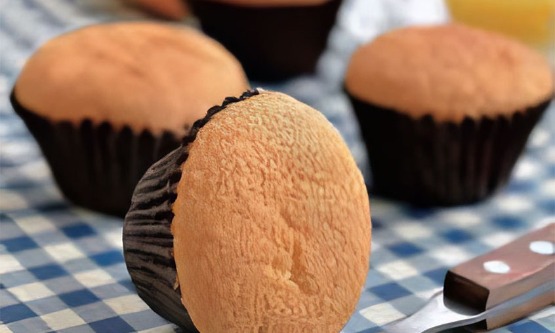
From an engineering standpoint, several design elements contribute to high depositing accuracy. Advanced dosing mechanisms—such as volumetric pistons or gear pumps—paired with intelligent controls allow for fine-tuned adjustments based on product type, viscosity, and volume requirements. Moreover, some machines offer real-time feedback systems that detect and correct inconsistencies mid-run, ensuring each cake aligns with exacting production standards. These features reflect the evolution of food machinery from manual assistance to fully optimized, intelligent production tools.
In applications involving filled desserts like sandwich cakes or cream-injected cupcakes, accuracy becomes even more complex. The machine must align filling deposition with batter flow, often requiring dual-synchronized heads or sequential nozzles. Any misalignment here can affect the bite experience and customer satisfaction. This is why experienced manufacturers pay close attention to nozzle design, positioning, and timing synchronization—factors that contribute directly to product integrity and consumer perception.
It’s worth noting that increasing depositing accuracy doesn’t always mean slowing down. On the contrary, today’s top-tier automatic cake machines are engineered to deliver high-speed, high-precision performance simultaneously. With optimized flow paths, servo-driven controls, and software-driven flexibility, these machines can adapt quickly to different recipes and product formats without sacrificing consistency. This makes them particularly valuable for businesses looking to diversify their product lines while maintaining production continuity.
For bakeries and food producers aiming to scale with confidence, investing in a reliable automatic cake machine with proven depositing accuracy is more than a technical upgrade—it’s a strategic move. It demonstrates a commitment to quality, efficiency, and brand reliability. As a manufacturer with extensive experience in automated baking solutions, we understand the challenges our customers face and design our systems to meet both performance and production expectations. Precision, after all, is not just a specification—it’s the secret ingredient to every successful batch.

 English
English Español
Español Français
Français русский
русский عربى
عربى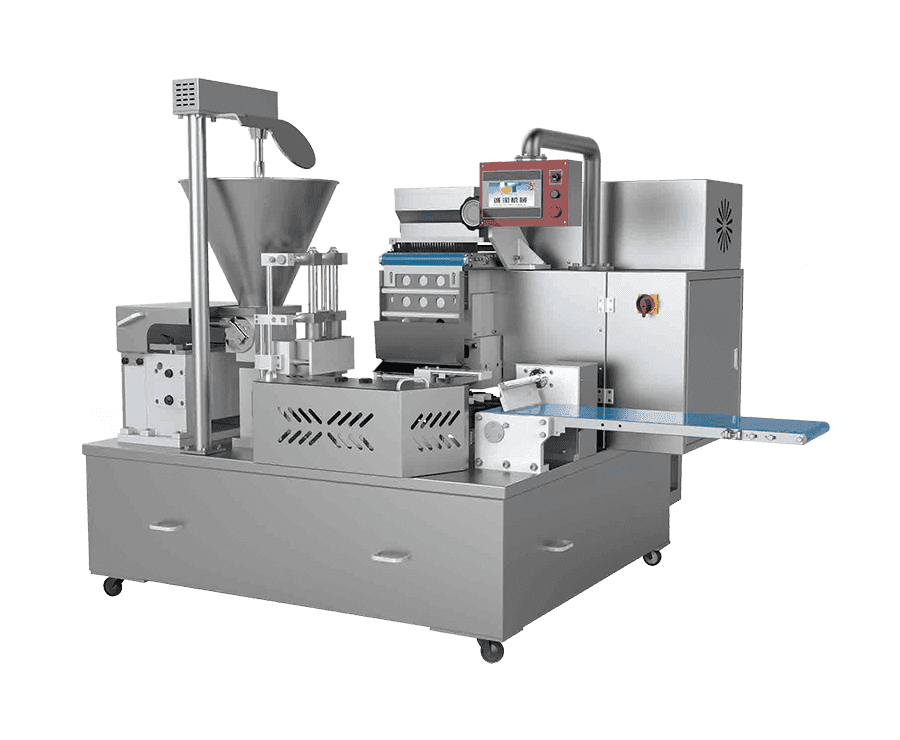
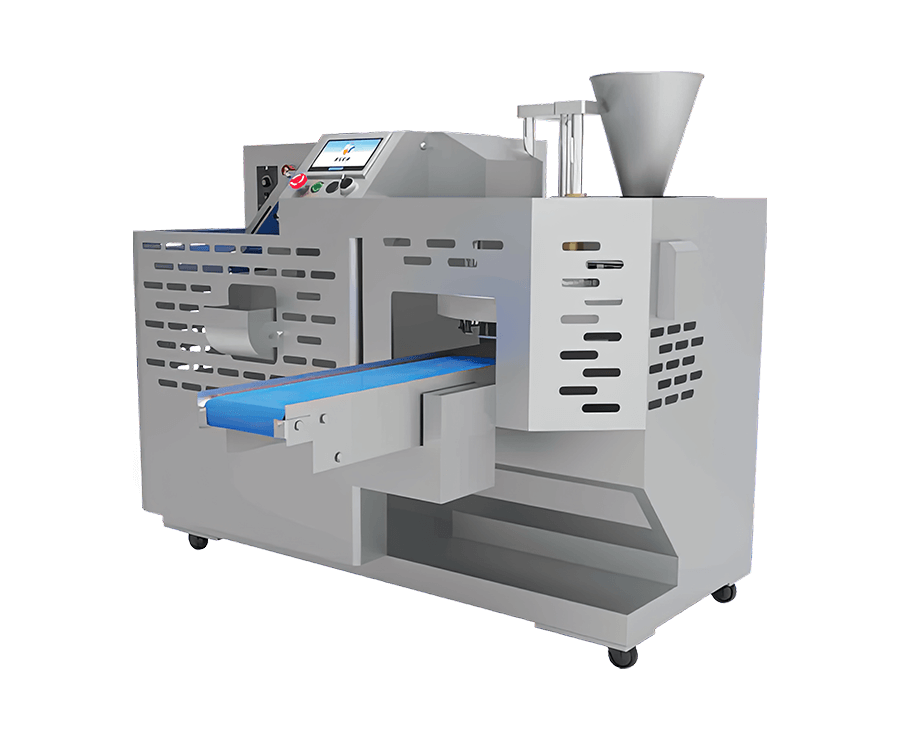
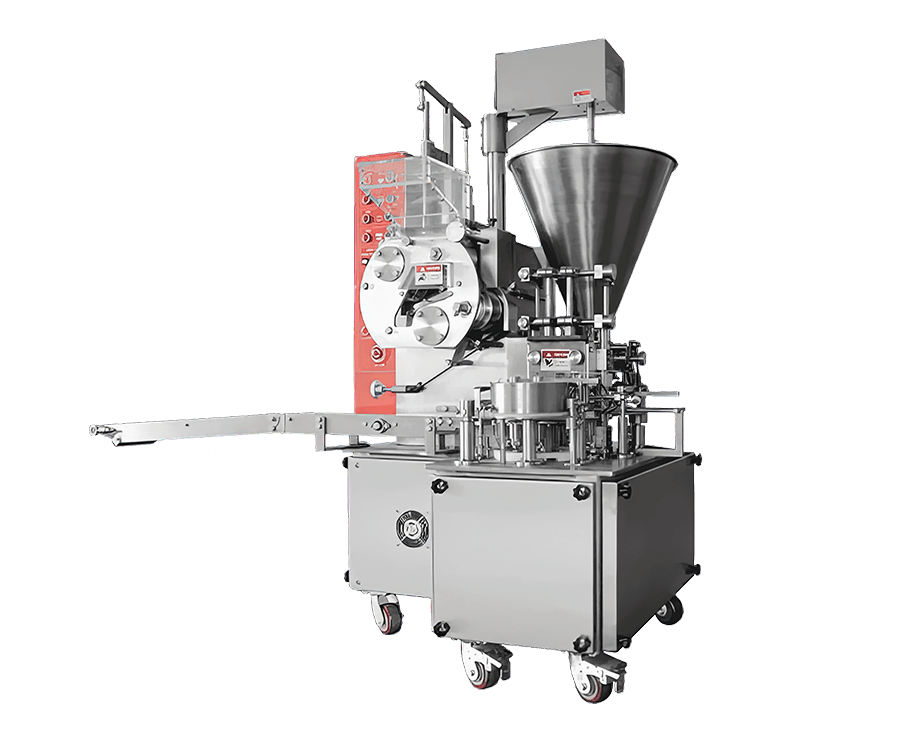
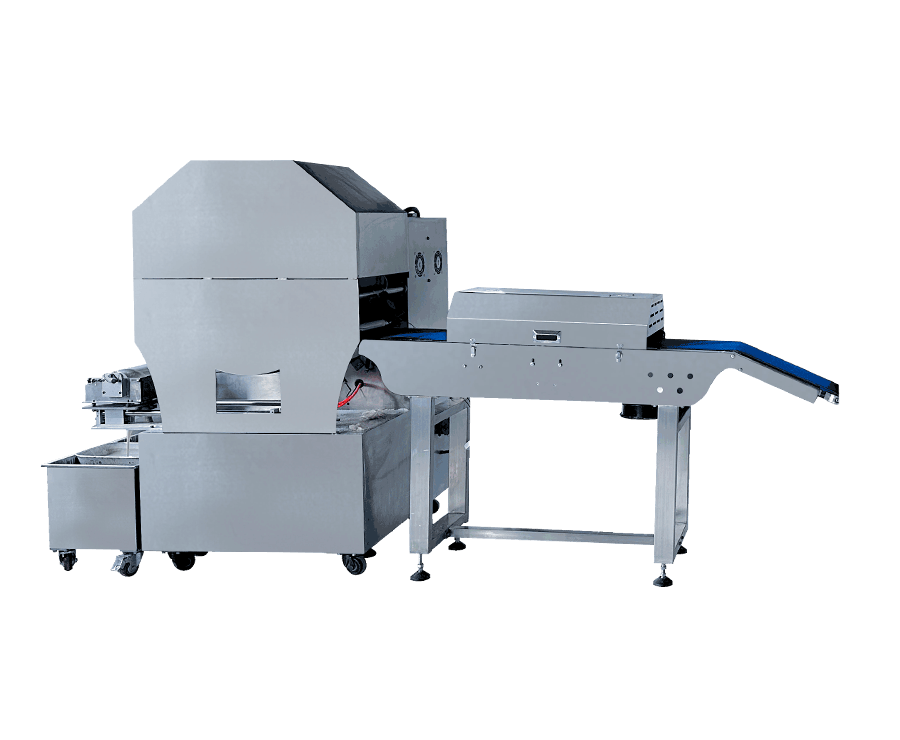



Contact Us